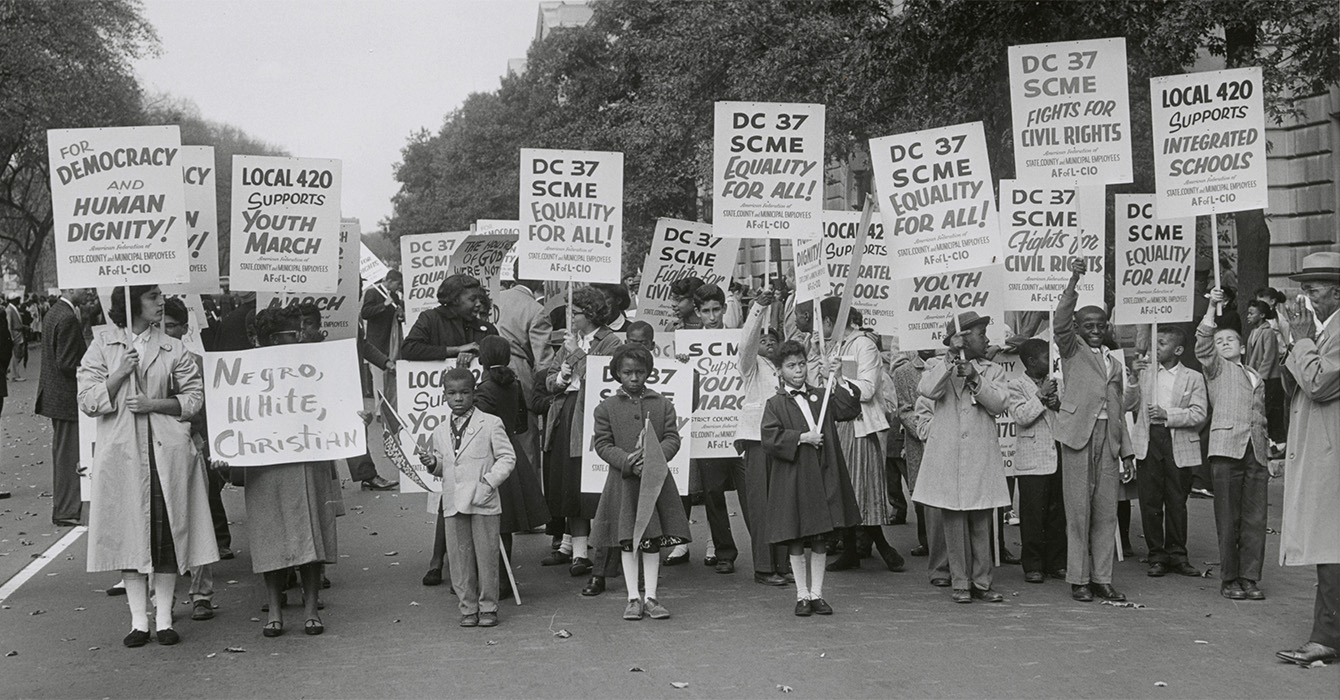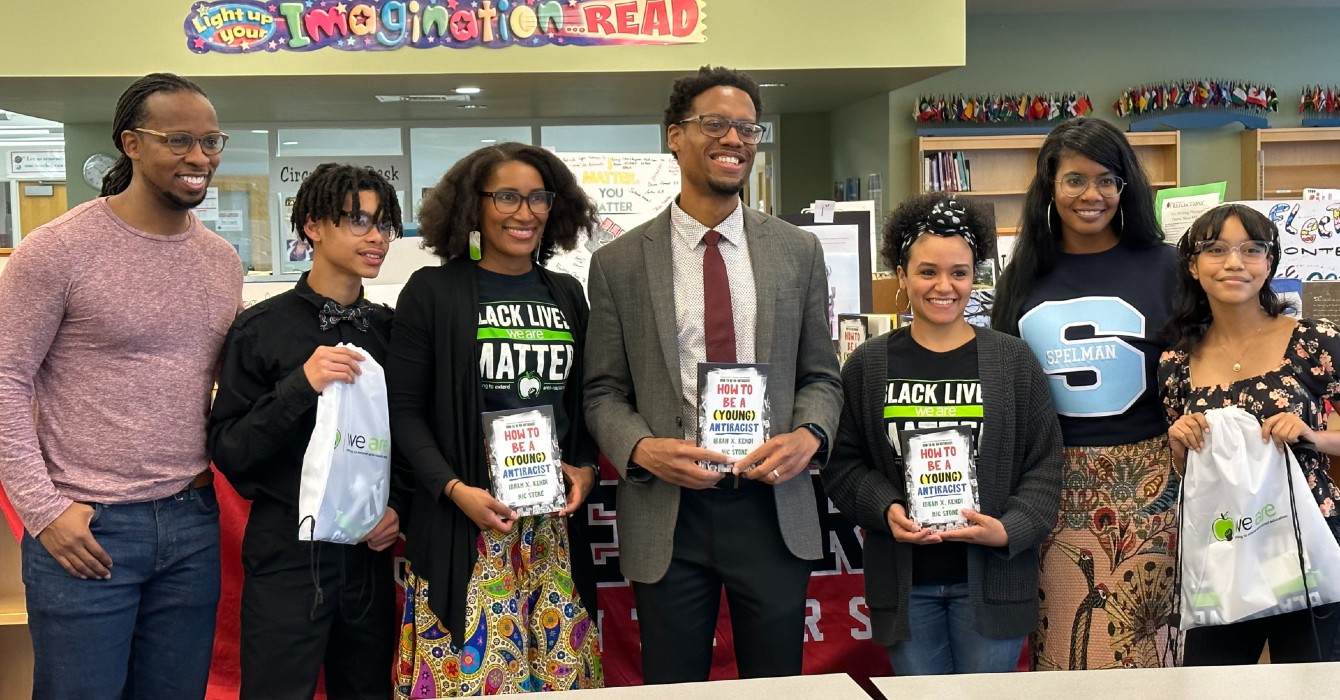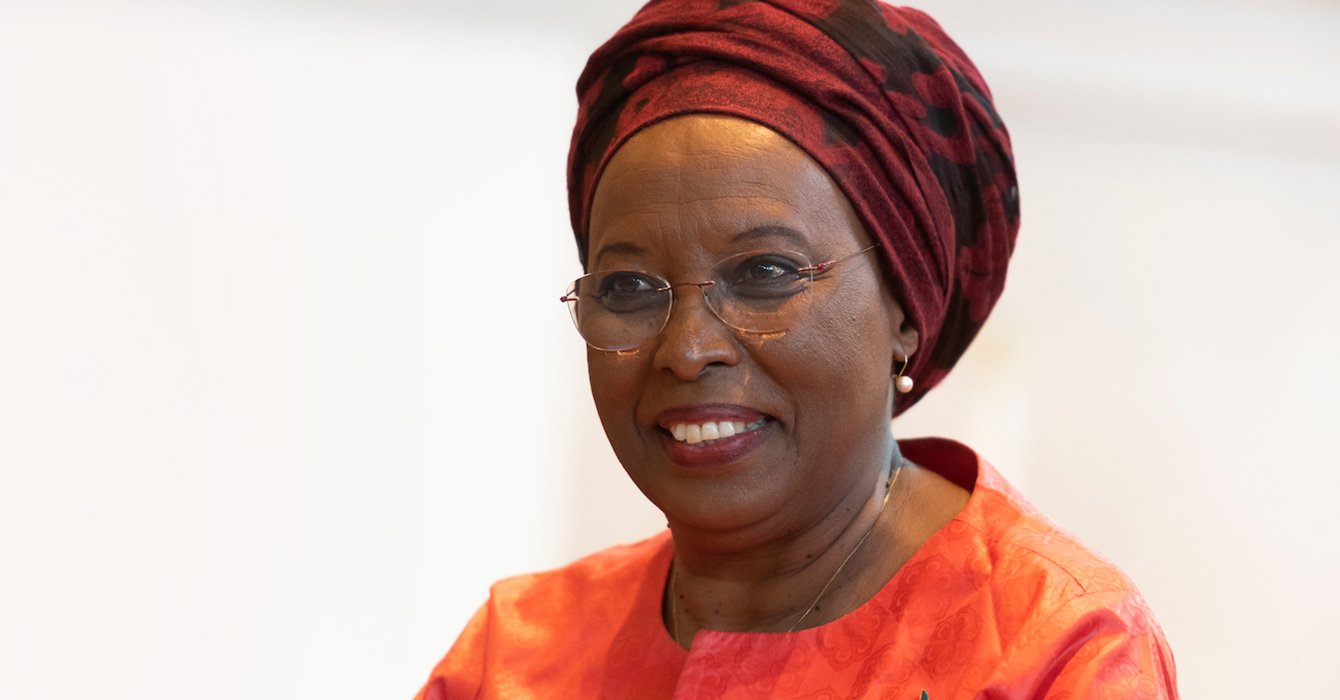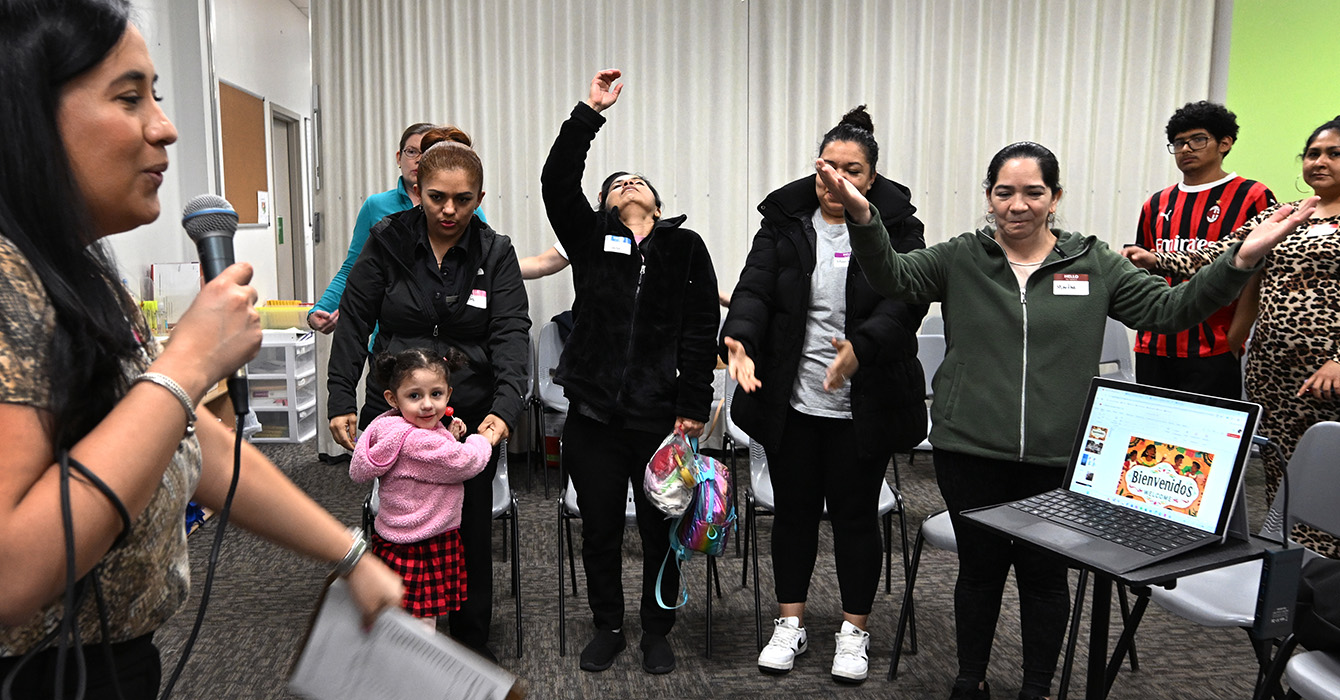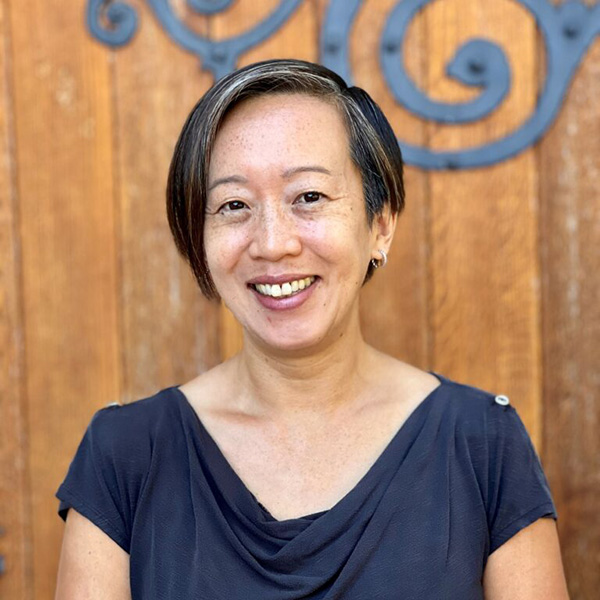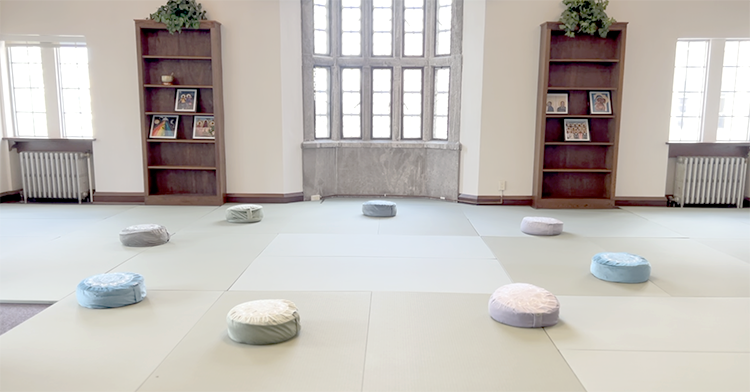The wave of white Christian nationalism sweeping through various levels of government in recent years is showing up prominently in education. Proposed and passed legislation constrains or prohibits public schools from teaching children about our nation’s history of racism and racialized violence and how society can address racial inequities and racial justice. Books have been taken off public library shelves.
In the face of these realities, what can churches do to infuse their spiritual formation curricula for children and youth with a robust anti-racist theology? I’d suggest three shifts that churches, faith leaders and volunteers can and should make to be more explicitly anti-racist: epistemological, material and structural.
Epistemological shifts
Before making any material or structural changes, those involved in spiritual formation must make some epistemological (or cognitive) shifts in their own understandings of race and racism. This means beginning to evaluate their unexamined assumptions of race, how racism works at individual and societal levels, and how predominantly white culture influences the reading and understanding of the Bible.
First, they must learn what “race” is and how race categories shape people’s life experiences. There is an abundance of materials out there that can assist in accomplishing this. One resource I’ve found helpful is “So You Want to Talk About Race,” by Ijeoma Oluo. This book is easy to read and addresses many common questions around race and racism with a targeted yet graceful poignancy.
Second, those involved in spiritual formation must begin to see the relationship between interpersonal racism and structural racism. One of the definitive studies on children’s socialization into race is “The First R: How Children Learn Race and Racism,” by Debra Van Ausdale and Joe R. Feagin.
Van Ausdale’s research shows that children as young as 3 use race and skin color to categorize, include and exclude other children in play. Further, she found that young children learn to employ racialized rhetoric from the larger culture beyond the direct influence of family and school.
Third, spiritual formation practitioners must learn how their cultural standpoints shape their reading and understanding of the Bible. Esau McCaulley’s “Reading While Black: African American Biblical Interpretation as an Exercise in Hope” challenges readers to see the Bible through the lens of Black church tradition to connect messages in the Bible with Black experiences and questions.
As churches, faith leaders and volunteers do the work of shifting their perspectives on race and racism, they become better equipped to tackle more material shifts in their formation practices.
Material shifts
My research has found an overwhelming lack of diverse racial and ethnic representation in illustrations, pictures and media. Further, Montague Williams shows in his book “Church in Color: Youth Ministry, Race and the Theology of Martin Luther King Jr.” that conversations about race and racism are typically either avoided or restricted within youth formation spaces.
Among the simple things churches can begin to do: diversify their materials. This goes beyond being “historically accurate.” Through the centuries, multiple cultures have depicted biblical characters and stories through the lens of their own ethnicities. Alongside white representations of Bible stories, those involved in spiritual formation can include renderings that are African American, Korean, Guatemalan, Navajo, etc.
They can draw from Bibles and storybooks with different racial, ethnic and cultural representations in illustrations and perspectives. These materials can easily be found through searching online or reaching out to diverse networks of practitioners in spiritual formation.
In addition to diversifying representation in materials, churches need to normalize conversations about race and racism as part of spiritual formation. There have been scant attempts at creating lessons that deal specifically with race and anti-racism. While any such attempts are a good start, anti-racist conversations must go beyond special topics or series.
Anti-racism needs to be woven throughout the practice of spiritual formation. As churches teach through the Bible, Scripture must be allowed to speak for itself on issues of race, racism, anti-racism and racial justice. They may find it helpful to use supplemental materials like “The Gospel in Color,” by Curtis A. Woods and Jarvis J. Williams (there are versions for kids and parents).
Finally, churches can tell stories of racially marginalized Christians, their histories and their experiences. Churches predominantly made up of racially marginalized people can tell their own stories of encountering God as a racially marginalized group and how their racial and ethnic identity forms them spiritually. Other good sources for stories include materials like People of Color Who Inspire, from the Godly Play Foundation.
Structural shifts
After doing the work of making epistemological and material shifts, churches need to implement some structural shifts to sustain anti-racist spiritual formation practices beyond the immediate public crisis we find ourselves in.
These structural shifts include creating external accountability to maintain anti-racism as part of the explicit spiritual formation curriculum, such as joining or creating networks of racially and ethnically diverse spiritual formation practitioners. This has become easier in the past couple of years as we’ve navigated a steep learning curve to connect virtually in various ways.
Another structural shift is to include racially and ethnically diverse voices in the leadership, teaching and oversight of spiritual formation. Predominantly white congregations can seek out such diverse voices, through books, podcasts, trainings, etc., can spiritually form and influence how congregations approach the spiritual formation of their children and youth.
Most importantly, churches need to pray for God’s help to make these shifts. They can pray for wisdom, courage and insight on providing youth and children with a robust anti-racist theology in their contexts. They can pray for opportunities to stand alongside parents as they partner in the spiritual formation of children and youth. They can pray against the sin of racism in their communities and for ways to push back on the forces that would erase the experiences of racialized minorities in the public square.
Anti-racism needs to be woven throughout the practice of spiritual formation.





